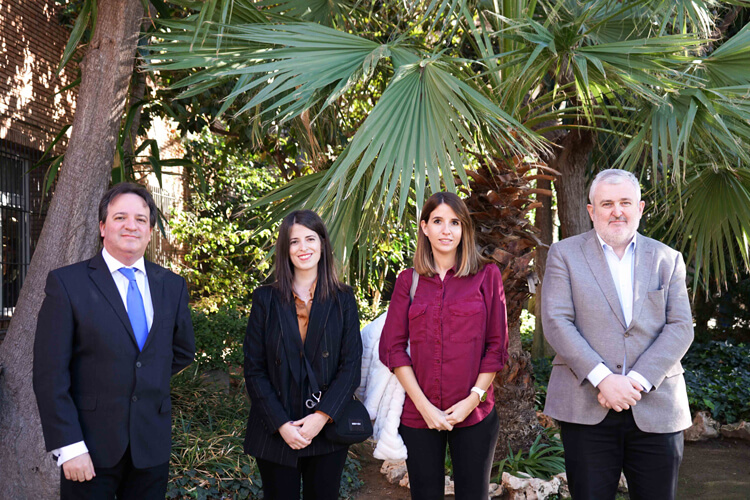Optimization of the Silicone Hydrosilylation Process with Platinum Catalysts

Silicone is an ideal material for many applications in the field of healthcare due to its flexibility, thermal stability, and excellent chemical compatibility with most pharmaceutical and food products.
Silicone tubes for use in the healthcare sector are manufactured in clean rooms through a high-temperature vulcanization process and a final post-curing stage. This additional stage is extremely critical in the manufacturing process of silicone tubes as it is believed that it improves the physical characteristics of the elastomer by ensuring that the vulcanization reaction is complete. Conversely, this stage entails a significant decrease in productivity as it increases the timeline for the elastomeric silicone manufacturing process and makes it impossible to automate the overall manufacturing process for these tubes.
The most widely used vulcanization mechanism in the pharmaceutical sector is addition curing, which requires a metal catalyst, usually platinum, that has excellent catalytic activity and a reasonable useful life. The most prominent catalyst in the industry is the Karstedt catalyst, but its use is limited by its ability to form colloidal platinum.
Dr Anna del Pino recently defended her Chemistry and Chemical Engineering doctoral thesis, entitled Optimization of platinum-based silicone’s hydrosilylation for hose manufacturing. The thesis was conducted within the Department of Chemical Engineering and Materials Science at the IQS School of Engineering under the supervision of Dr Salvador Borrós, Dr Núria Agulló, and Dr David Sánchez. It was carried out under the Government of Catalonia’s Industrial Doctorates Plan and co-financed by the IQS School of Engineering (Ramón Llull University) and the company Venair Ibérica.
A new catalyst and a more simplified process
The objective of the research has been to design a new catalyst, called BAS 2.0, based on platinum and as an alternative to the commercial one (Karstedt), which prevents the formation of colloidal platinum and is suitable for use in obtaining food grade silicone. The newly designed catalyst has turned out to be economically viable, with a cost similar to a commercial catalyst, and can be manufactured on an industrial scale. In addition, this new catalyst has led to a reduction in the silicone curing process time, making it possible to obtain a product with mechanical characteristics similar to those obtained using commercial catalysts based on Karstedt without the need to make major modifications to the production line.
Regarding the post-curing stage, it is a necessary process in which volatile compounds are eliminated and a complete vulcanization reaction is ensured, thus guaranteeing compliance with the quality requirements of both the BfR Institute and the FDA regarding the content of volatile compounds that can migrate from the surface of the silicone to food products. However, post-curing is a “bottleneck” that does not permit automating the entire manufacturing process.
In her research, Dr del Pino verified that the post-curing process, used up to present in company production process, did not have the objective of improving the mechanical properties of the silicone elastomer. Thus, the post-curing process does not imply any process that involves the degree of cross-linking that the material acquires or the kinetics of the addition curing reaction. Through GC/MS analysis, she has shown that this step is exclusively related to the elimination of the cyclic siloxane oligomers present in the raw material. These volatile compounds do not actively participate in the addition curing process and are therefore not related to the catalytic system used.
Instead of focusing on the catalyst to avoid this additional stage, a much more efficient preliminary stage for the elimination of these volatile compounds has been proposed, which would make it possible to forego this additional stage of the silicone tube production process and still obtain cured silicone with characteristics similar to those of the commercial product and meeting the requirements of FDA regulations.
As Norma Ferrer, R&D Manager at Venair, commented: “This thesis represented a challenge for Venair. It was the first industrial doctorate that we carried out and it has been extremely satisfactory. Being able to rely on the knowledge of IQS professors and their facilities has been quite enriching. Thanks to this thesis, the company has acquired relevant new knowledge and the ‘know-how’ to make our own platinum catalyst.”




